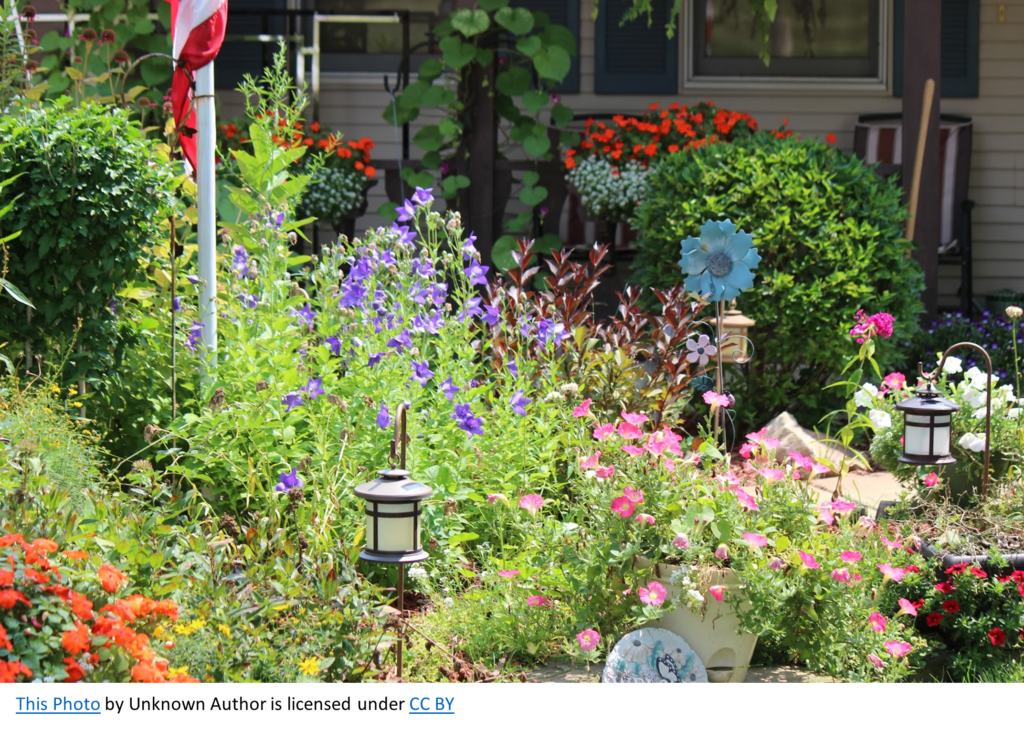July is mid-summer in Wisconsin and often planting in the garden is put on hold because it is too hot and dry. However, that doesn’t mean the avid gardener can or should take a break! Watering and weeding is the name of the game at this time of year. And while planting is possible if the weather cools a bit or we get a good rain shower, keeping the weeds down, the soil moist and the flowers deadheaded this month will set up the industrious gardener for a great late summer and fall garden.
There are tons of perennials that come into bloom in July. In fact, our list of July blooming perennials (found on this website) may be longer than for June!
Here are some tips from Melinda Myers list of what to do in the July Garden:
- July and August are the hottest months. So, monitor plantings for stress caused by lack of moisture. New plantings and moisture lovers are your priority!
- If you want to keep planting, keep the soil slightly moist and mulch to help new plantings establish during summer’s heat.
- Mulch the soil in your gardens as needed with a thin layer of shredded bark, leaves, straw, or other organic material to suppress weeds, keep the soil cool and moist and improve the soil as it decomposes.
- Use a watering wand, soaker hose or drip irrigation system to deliver moisture directly where it is needed and avoid wet foliage that can lead to disease.
- Recruit a plant sitter or sitters to provide plant care while you are on vacation.
- Keep an eye out for ground ivy, quack grass, bindweed, and other perennial thug weeds. Get control of them before they gain a foothold in the garden.
- Deadhead flowering perennials to keep them looking their best. When they are almost done, cut back or shear to encourage rebloom or a fresh flush of foliage for the remaining season.
- Stop pinching fall bloomers at the beginning of the month.
- Make note of “hot spots” in the garden. Next year, use heat and drought tolerant plants in these locations.
- Remove and destroy (do not compost) spotted leaves as soon as they appear and deadhead flowers during rainy periods to reduce the risk and spread of disease.
- Check German Iris for iris borer.
- Scout for aster yellows disease which causes green petals, distorted leaves, and misshapen flowers on many plants.
- Monitor for creepy crawlies like Japanese Beetles, Aphids, White Fly, Spider Mites, and other pests and control them using the most eco-friendly methods possible.
- Keep applying repellents, secure fencing, enlist scare tactics and vary strategies to discourage troublesome wildlife. (A big dog is always a good choice for keeping deer away!)
- Record pest problems as they occur and note them on next years calendar to watch for them.
- Consider solarizing soil before planting to suppress weeds, disease, and other pest problems without using chemicals.

